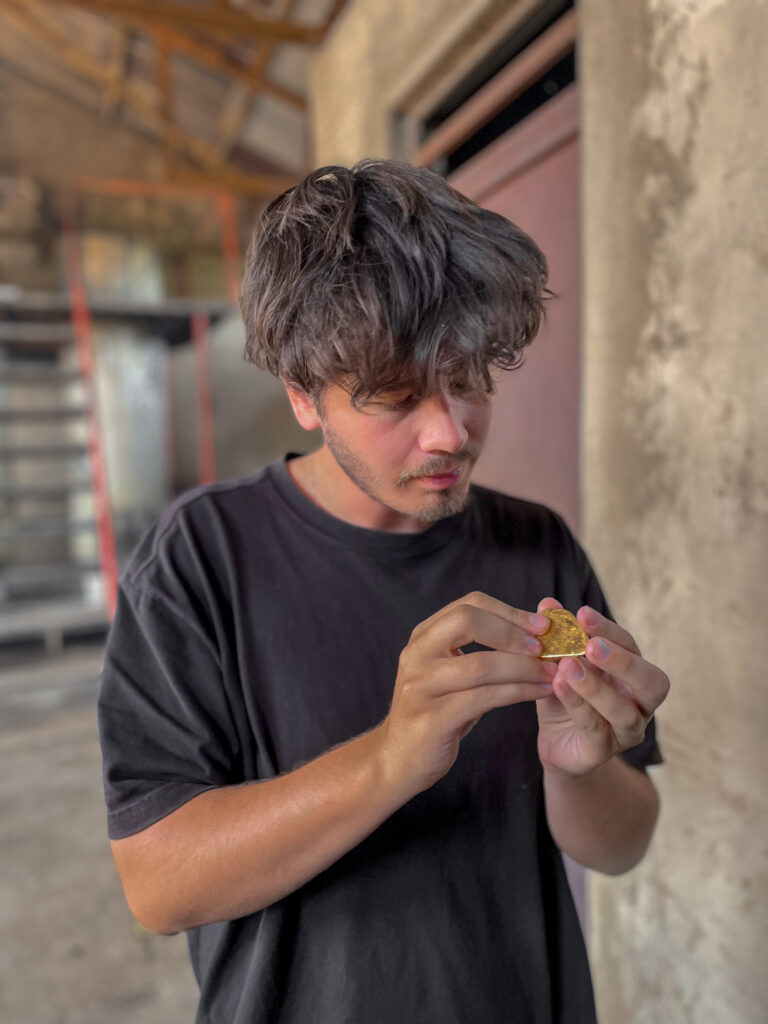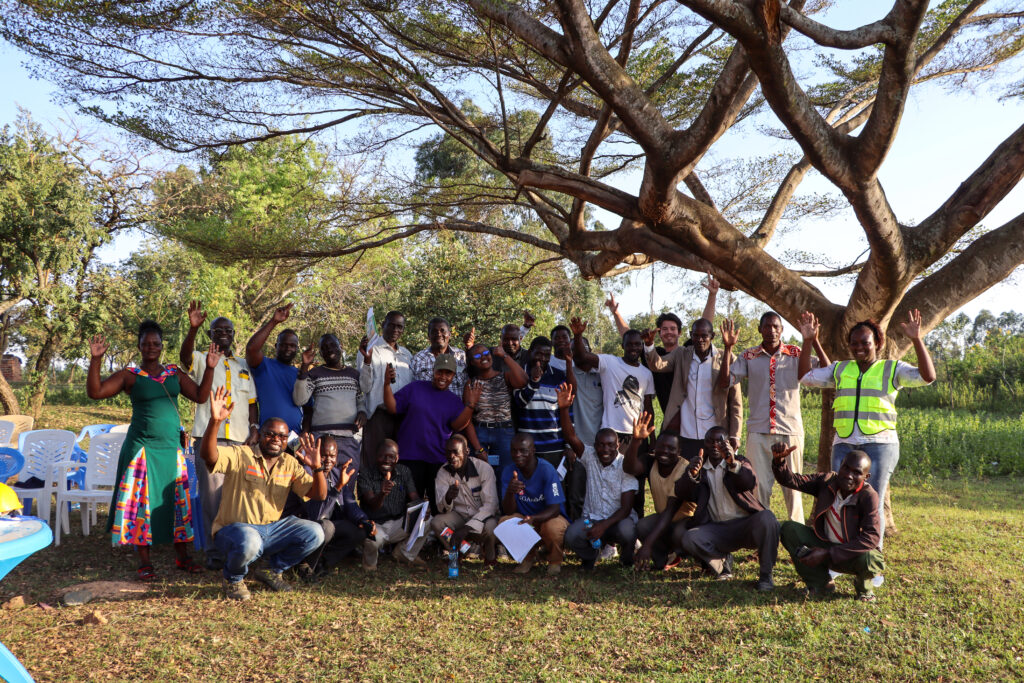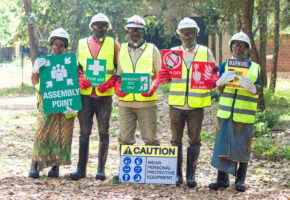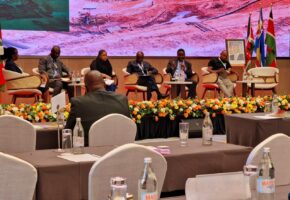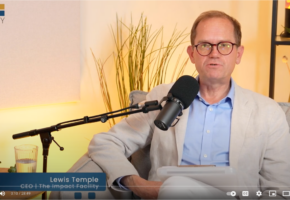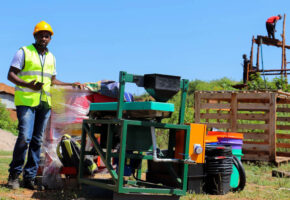I don’t think I truly understood artisanal mining until I climbed down 30 metres underground. It’s a truly sensational experience, realising how ignorant you are about something you’ve spent years studying. And “all” it took to realise this was to climb down into a mine shaft.
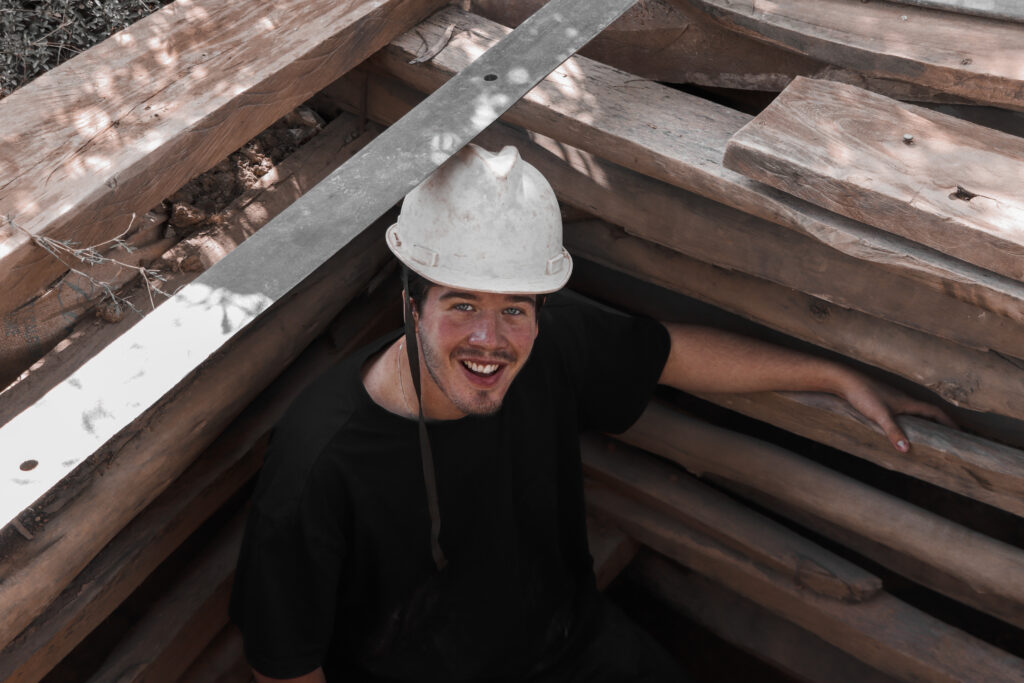
I have never met someone that speaks so much about artisanal mining like I do (until, perhaps, I met the TIF team). It is almost maddening – but I can’t seem to stop. And yet – I have never really been completely sure as to why I am so inexhaustibly passionate about this. What, on earth, has it got to do with me?
When I first climbed down into a mine shaft back in October, I thought it mystifying to realise that all around me, in this dark rift of brown rock, there is gold. Almost as a powder, spread around a thousand metric tonnes of, well, rock. You can’t see it, but it’s there. Oh, it’s there for sure. I was almost like an analogy for my own relationship with artisanal mining – it’s there, but I haven’t seen it. Not really.
I felt relieved when I again felt the hot Migori sun on my face. I made it. But, I also felt something else. Thoughtful. Perplexed. Suddenly, it all felt normal somehow.
Perhaps, because it was. It is. This was the moment where my mind desperately tried to make sense of all that I had read about artisanal mining – and what I actually felt and saw climbing up and down that shaft. In my head, this whole thing that is “artisanal mining” had become almost like a myth. Something abstract, something obscure. See, I knew it existed, and that people do it everyday, all over the world. But in a way, it had been alienated through paper and inc. Abstracted. Theorised.
That is why the first thing I found wasn’t gold, it was perspective.
Studying artisanal mining
Don’t get me wrong. The study of Artisanal and Small-Scale Mining (ASM) is an enormously valuable tool in the work towards legitimising the sector, and holding various actors accountable through well-formulated critiques. The problem, I think, lies in the preoccupation with pointing out “social and environmental ills” associated with the sector, and the little attention brought about to actually understanding the ASM environment and the many pioneers operating within it.
I was first introduced to ASM during my first semester of my undergraduate. It came in the shape of a hypothesis – a resource curse hypothesis. At the time, I couldn’t believe what I was reading. When the Amnesty report on child labour in the cobalt sector came out, I was (like many others I can imagine) so suprised that nobody was talking about this.
Having spent a few years studying ASM now, I recognise that a lot of people actually have been talking about this for a long time. It’s just that nobody’s listening. The exception seemingly being when there’s a big “sensational revelation” – such as the Amnesty report on child labour in cobalt mines in the Democratic Republic of Congo (DRC).
Though, the fact that I was so shocked when I actually entered into a mine shaft, five years later, is the real curse. There is so much we do not understand about this sector. There is so much I don’t understand. And biggest of all, it seems, is the fact that it is rarely framed as a success story. A catalyst for change. A platform for wealth creation. A sense of purpose and meaning.
Before I went to Migori to conduct my own research on gold mining there, I sought desperately for literature which had concerned itself with the matter in Kenya. All I could find was a variety of assessments pointing out the detrimental effects of mercury, and the lack of health and safety precautions in the region. I found nothing on the wider development of artisanal and small-scale gold mining (ASGM) in southwestern Kenya, its historical evolution, its dynamics and potentials.
Why is it that, despite the fact that ASM represents the second largest livelihood activity in sub-Saharan Africa after agriculture, we still treat it like some form of epidemic? Why do we still know so incredibly little about it, despite it having existed for hundreds of years?
I think the first thing we need to understand is that none of these issues are isolated from each other. They are intrinsic. Interchangeably linked to each other. Centuries of neglect, and in many cases repression, has placed ASM in a perpetual relationship with persistent informality and subsequent mismanagement. This cycle represents what many infamously call the “social and environmental ills”, in turn inspiring fear and boycott of the sector. The boycott and disengagement with the sector excavates these issues, nothing else.
Ignoring a problem doesn’t make it go away. I hope we’ve learned as much to at least agree on this.
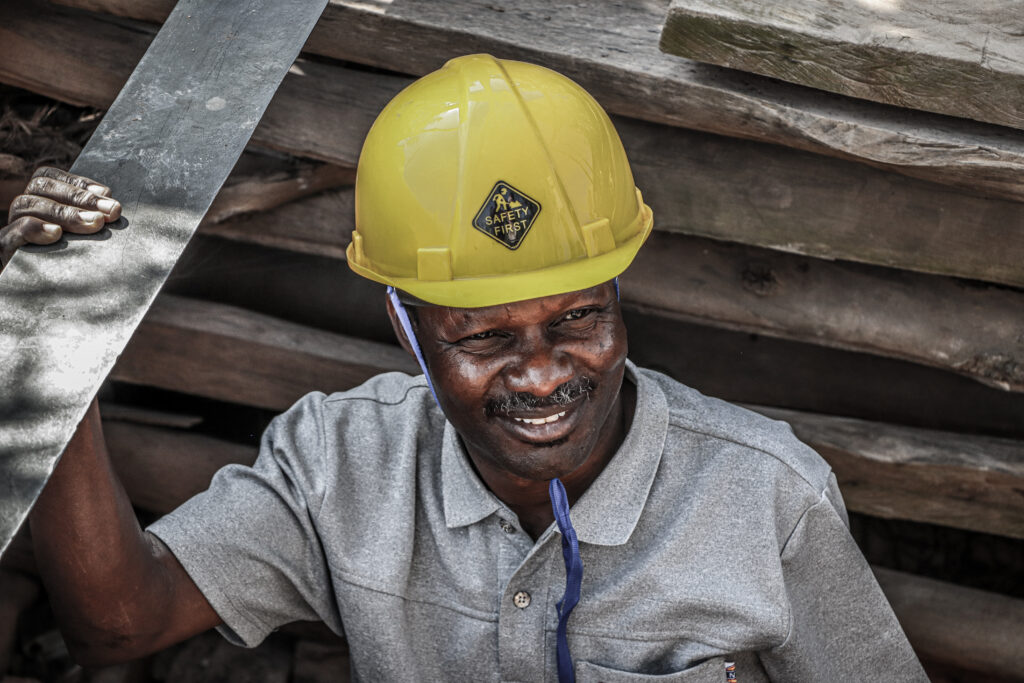
Meeting The Impact Facility
One of the biggest reasons I chose to (persistently) engage with The Impact Facility during my field placement was because they are trying to materialise the legitimacy of the ASM sector. I’ve always seen it ultimately as an advocacy – screaming “Hey, look, you’re wrong! ASM can be extraordinary”.
And they are right. ASM can be extraordinary – and in any case, it’s not really up to us. There are so many people in this sector trying to achieve change, showcase good mining practices, do good for the community, themselves and their workers, and protect the environment. What they lack, because of the aforementioned centuries of neglect, is an enabling environment to do so.
This is TIF for me. A tool of enablement. Like any tool, we might not be able to construct everything ourselves – but we’re part of it. We’re building change together with the miners, investors, businesses, and institutional donors all across the world. Pole pole, kidogo kidogo, (Swahili for slow but steady) we are reaching more people. Convincing more investors. More actors. Pole pole, kidogo kidogo, we are creating a facility for impact.
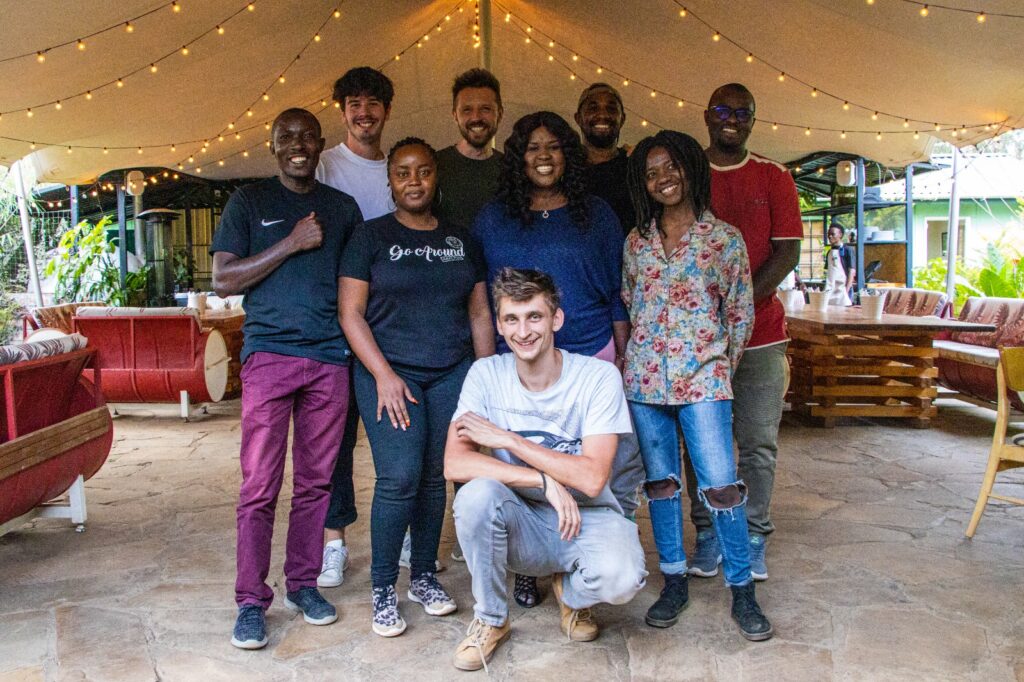
My experience
I’m an academic at heart. My obsession with data and research is therefore not too difficult to understand. Much of what I’ve written here, in this blog, is about the nature of ASM and how it has been wrongfully framed in both academia and industry. The best way to counteract this narrative, is to start producing meaningful data that shows otherwise – that can show that progress is manageable, and that structural patterns of inequity can be remediated.
I’ve been given the incredibly meaningful opportunity to continue with TIF, as a part time consultant, to continue working with the constant evolution of robust and consequential monitoring and evaluation (M&E) systems. I spent most of my time as an intern trying to showcase the significance of data and research systems to inform evidence-based decision making and impact. This is because part of the legitimisation of ASM rests upon the possibility to showcase evidence that tells us that change is present, and impact is possible. My role as an M&E consultant will be used to forward and codify this thinking.
As part of my time at TIF, I spent a week in Migori with my wonderful colleagues Natasha and Augustine. Beyond learning both some Luo and Swahili, I also managed to interview a sample of 68 miners (some in-depth, some through a structured survey) to better understand the challenges they face in the wider management of gold extraction in their area. I intend to use this data, these stories, to intelligently inform a Master of Science (MSc) thesis that seeks to critically analyse and explore variegated opportunities and challenges in successfully implementing an investment-led approach to ASM.
This is not to say that this is an easy task. As I had mentioned earlier – there is little to no research or data on mining in Kenya, nor in Tanzania, Uganda, or DRC either for that matter. Indeed, it has increased significantly in recent years – a trend I think is very valuable. The Impact Facility and the Fair Cobalt Alliance should be part of that trend, and I think we’re well underway.
Navigating M&E work and a MSc Thesis in International Development and Management on ASM will be two of my contributions to the improvement of the wider story-telling of ASM, and I will seek to spend many years ahead learning from artisanal and small-scale miners and their multifaceted approach to change.
